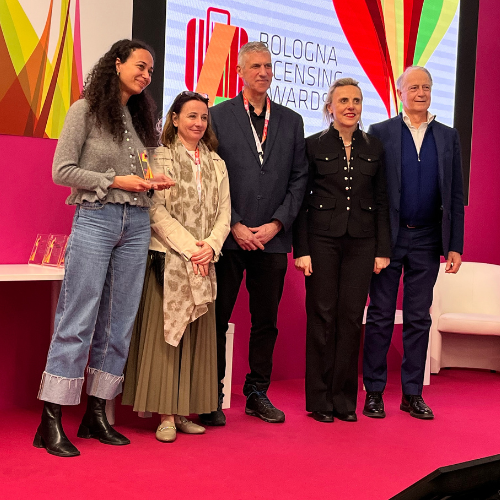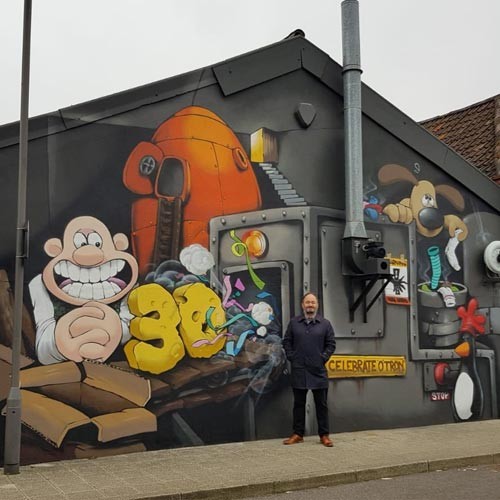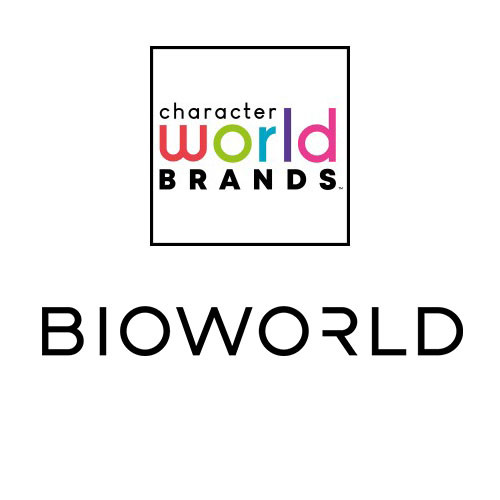Start Licensing’s Ian Downes is reminded of the diversity of licensing this week.
We are fast approaching Brand Licensing Europe which features 2,500+ properties apparently – has anyone ever counted them? I am not volunteering by the way. That represents a lot of opportunities. It is also a measure of how diverse the licensing market is and how there are contrasting types of properties available to licence. I was reminded of the diversity of licensing by two licensing spots I made this week.
Both are from the rapidly developing celebrity licensing sector.
Great British Bake Off judge Paul Hollywood is developing a presence in the FMCG, cookware and bakeware market with a series of licensing deals – the products have launched over the past year and it is still early days in development terms. However, Paul Hollywood has looked beyond product licensing and has put his name to a quick service bakery and cafe concept outside Euston Station. Part of a food to go and dining ‘village’ the outlet is billed as the Paul Hollywood Bakery & Kitchen with a sub brand identity Knead.
I didn’t make a purchase – sorry Paul – but it looked busy and seemed to be popular. The design was modern contemporary and tied in with the packaging style guide used on the licensed products. I am guessing this is a pilot outlet with the plan to roll out further branches if it is deemed successful.

Given Paul Hollywood’s credentials and current profile this makes perfect sense as a concept and fits into the ‘food on the go’ trend in the market. Clearly a challenge with a food outlet is to maintain standards of service, presentation and food quality, but with good management this is achievable even in a heavy footfall location.
One interesting product offer was the chance to buy sausage rolls by the inch – I thought this was quite novel but having consulted with sausage roll experts I understand this is not so original. My first impression was that Paul Hollywood would probably be shaking Paul Hollywood’s hand at the moment as his Bakery & Kitchen is looking very good. One to watch.
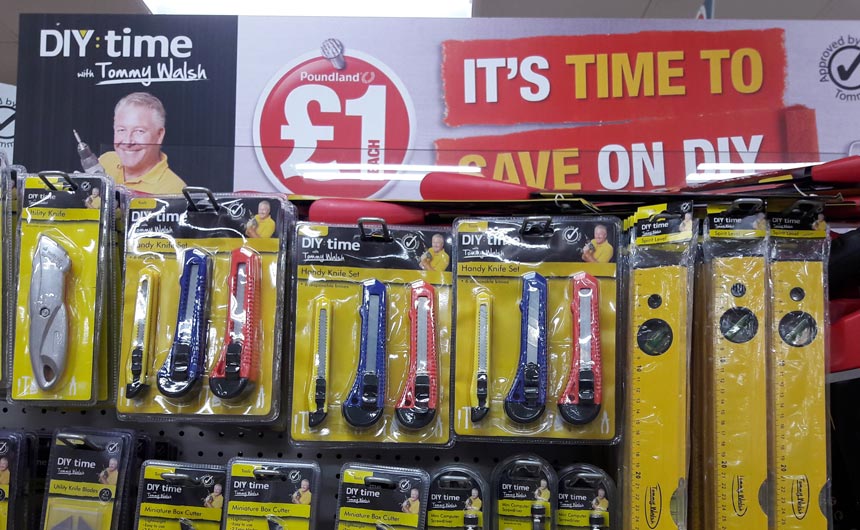
The other celebrity lead range I spotted was not a new range – it was Tommy Walsh’s range of DIY products and accessories that are sold exclusively by and in Poundland. This launched some time ago – following on from Poundland’s great success with Jane Asher branded bake and kitchenware. Tommy Walsh’s range seems to have grown and occupies a lot of space in-store suggesting it is performing well and product is selling through.
It shows that Poundland has a good eye for what works in its shops and what fits with the customers. I think it also shows from a celebrity’s point of view that a focused approach to partnerships and products is a sensible way to go. I imagine Tommy Walsh has helped promote the range in a proactive way and has become part of Poundland’s marketing push for the product. The packaging is clear, easy to understand and well communicated. I suspect all involved have kept it relatively simple.
I think this is an interesting case study and I suspect Poundland is thinking about other ways to use personalities in-store but are doing so in a careful way. Tommy Walsh would resonate well with its consumers and is a snug fit – other celebrity licences would need to be as effective and cooperative. It is a lesson in knowing your consumer and how licensing can help retailers engage with them effectively.
A big trend in licensing these days are ‘collabs’ – collaborations between brands, characters and designers. I expect there will be a lot on show at BLE. It is a go to tool in the licensing DIY kit. I saw two this week which I thought were both strong ones and good examples of the genre.

The first was a partnership between Dr Martens and the Tate. The iconic footwear brand has used artwork from artist William Blake to create a collection of boots, shoes and bags. Billed as ‘wearable art’, I suspect the upside for the Tate is a leading brand that has youth appeal using art from the collection to create products.
In simple terms it will get people to think about art and William Blake in particular, maybe inspiring them to visit the Tate. It also showcases the artwork to other commercial partners and shows how you can do business with the Tate. For Dr Martens, it creates a point of interest, gives fresh design impetus and for a company that uses PR, social media and in-store marketing more and more, it provides create ammunition for these activities. The range looks good and will appeal to existing Dr Martens customers no doubt and perhaps more importantly new ones – it also works internationally.
Dr Martens uses a lot of partnership and ‘collabs’ – I guess it appeals to the consumers and is now an expected part of the product mix, but it has to make sure each one of these works for it and fits the brief. This can be quite a challenge especially if you are a brand that people want to work with. This latest one is quite different to what has gone before and will open up some new doors for the brand.
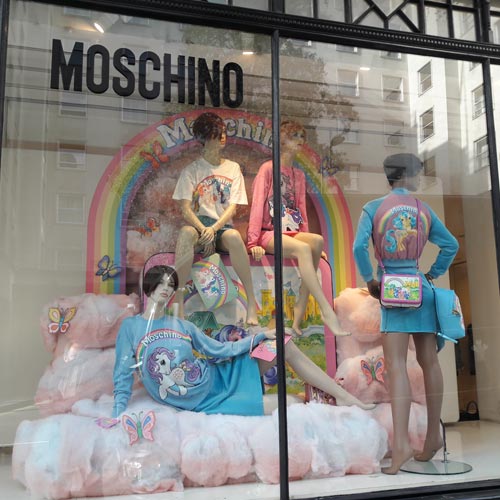
The other collab I spotted was between Moschino and My Little Pony. I spotted this in Moschino’s shop window in Conduit Street. The window was bold, bright and colourful- a really good showcase for My Little Pony and I am sure a collab which has and will continue to generate serious column inches. The partnership featured on the catwalks of Milan and is a core part of the fashion brand’s current range.
It is a fun collab and I am sure reinforces My Little Pony’s credentials as a pop culture classic, but with the ringing endorsement of a major fashion brand adding lustre to the brand. While this is top end fashion, I am sure it benefits existing apparel licensees selling in more mainstream retail and encourages others to come on board. It is also an activation that has been undertaken internationally reinforcing the reach of My Little Pony.
For Moschino I think it really is about the fun aspect of the partnership – showing it to be a fashion brand that knows how to enjoy itself and maybe breaking down some barriers.

Apparel is a significant part of the licensing mix and I expect lots of BLE stands will feature licensed apparel as part of the ‘show and tell’ displays next week. It can be hard for apparel licensees to stand out in a crowded market.
With this in mind I saw a couple of examples this week that showed what you can do with a little bit of thought. Sainsbury’s TU featured a couple of packs of children’s socks – these were My Little Pony and PAW Patrol products. Both packs had been arranged and designed in such a way that the character’s eyes were the main design feature – a simple idea but one that when seen on shelf in a busy fixture was literally eyecatching. This reinforced to me the importance of attention detail in design terms – making the most of the available assets.
Another observation was the continued move to added value in apparel with garments such as pyjamas being sold with an extra ‘free’ item – this week I spotted some PAW Patrol pyjamas that came with a free pair of socks. A simple idea but well presented helping the product stand out and giving consumers another reason to buy. These two examples show that even in a well established licensing category it is important to think about design, value and consumer appeal.
I hope to see some of you at BLE – we have a stand F71 – it will be the one with the in-built telescope… Please pop by to let me know what I should be looking out for at Olympia.
Ian Downes runs Start Licensing, an independent brand licensing agency. His Twitter handle is @startlicensing – he would welcome your suggestions for what to look out for.












